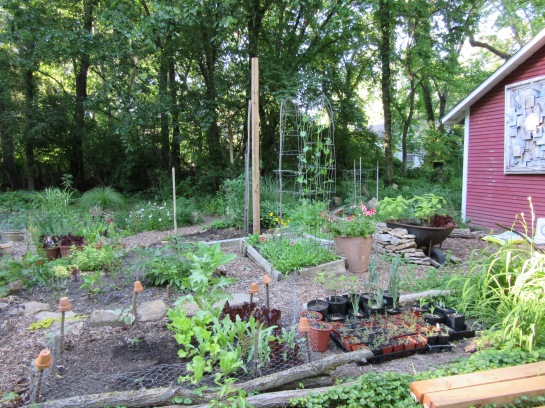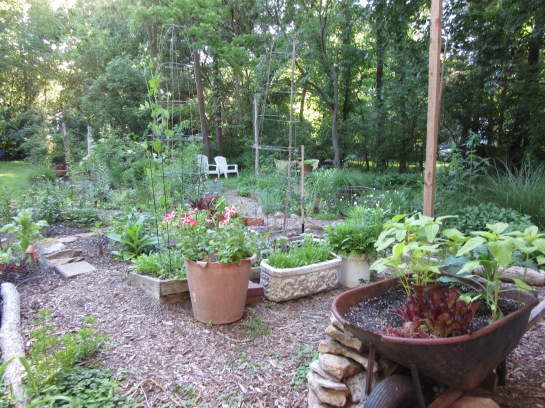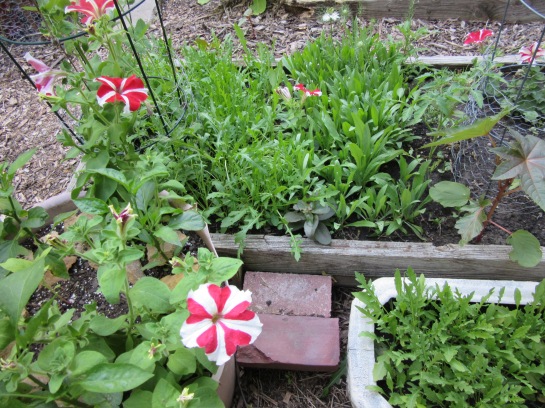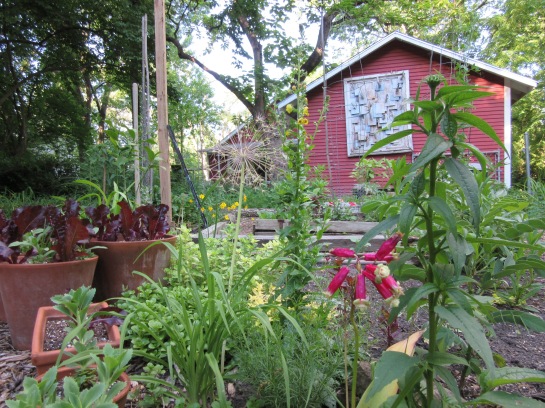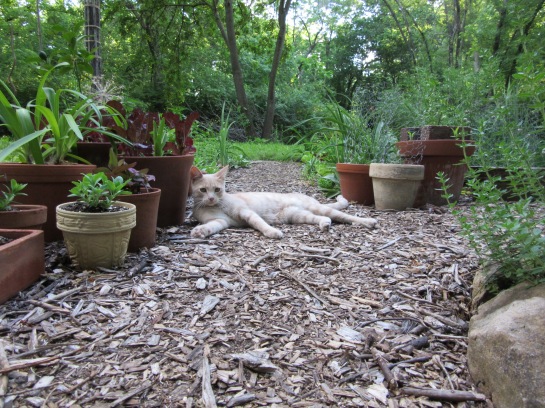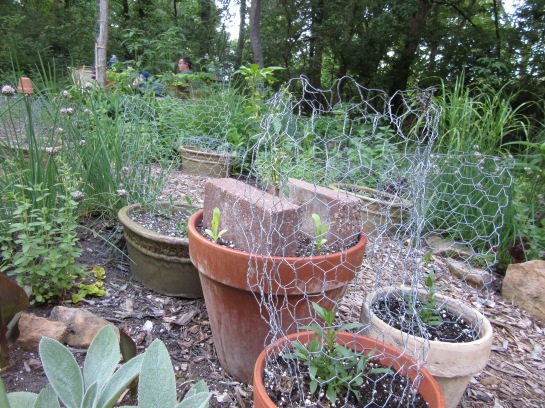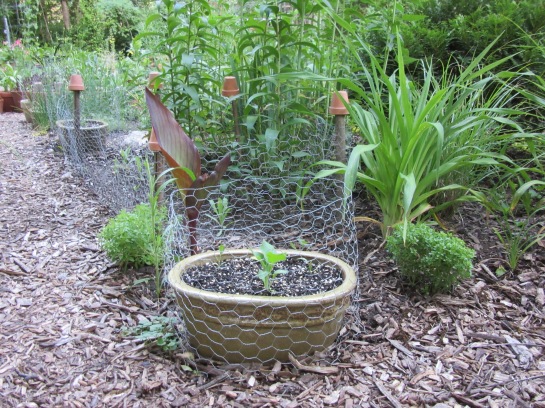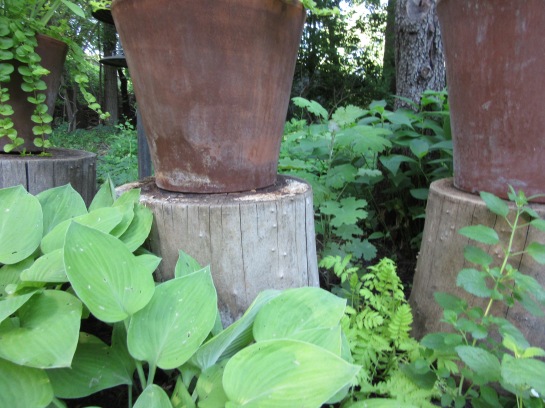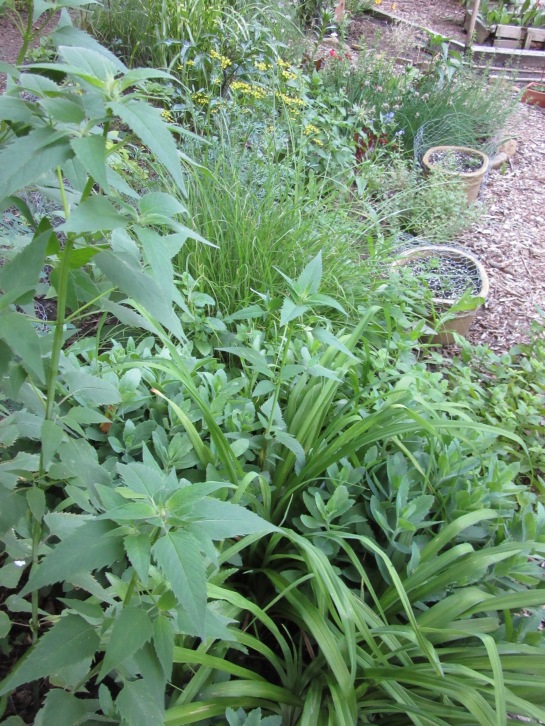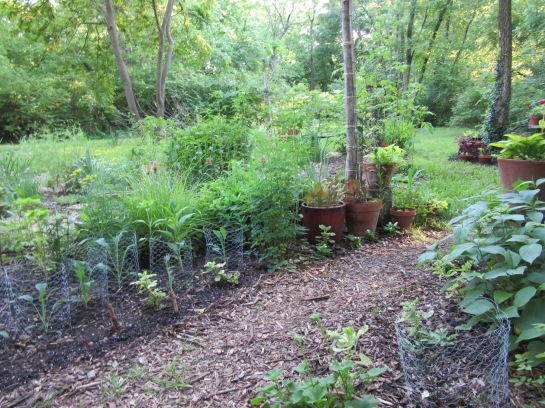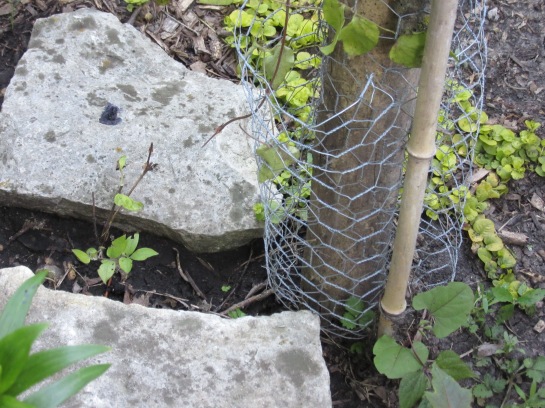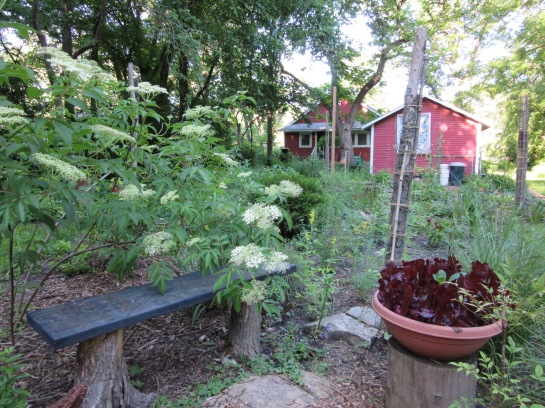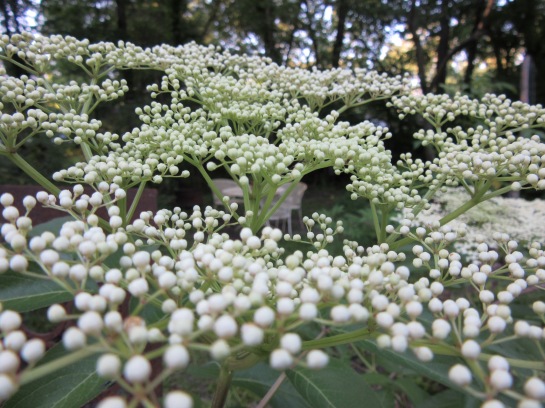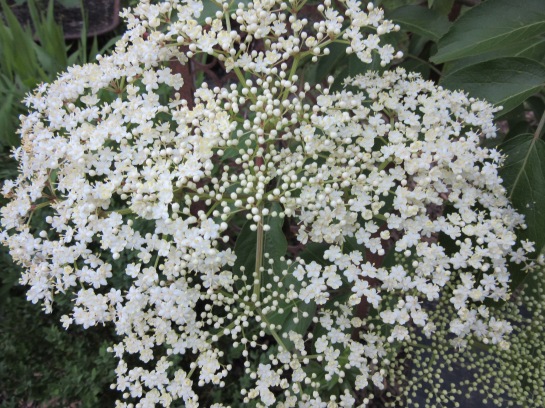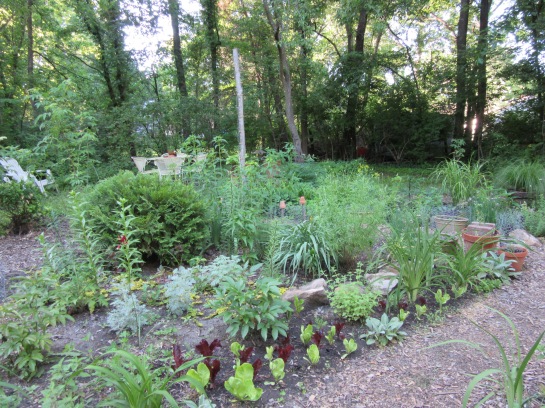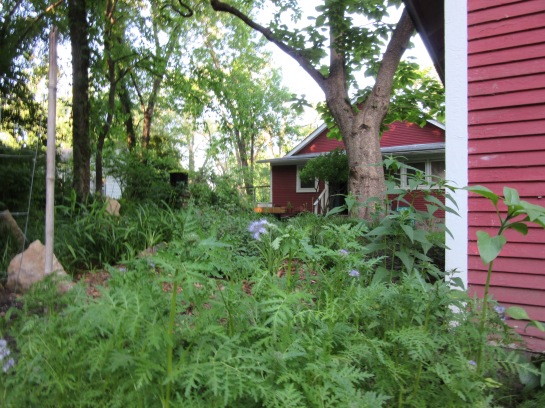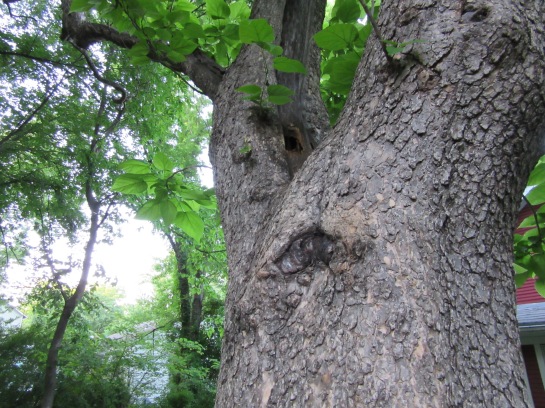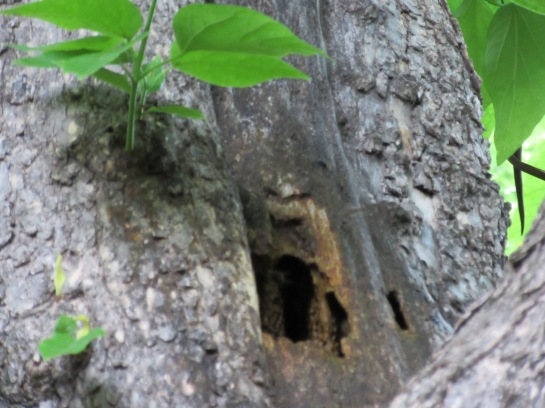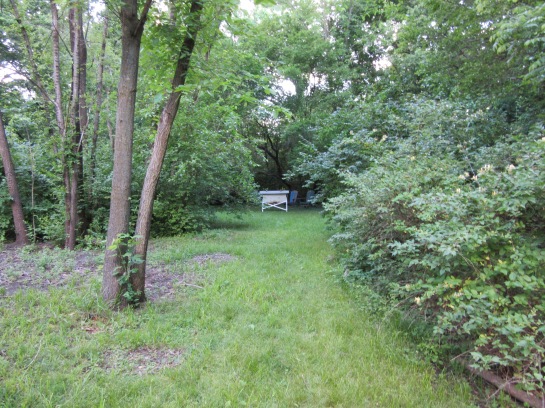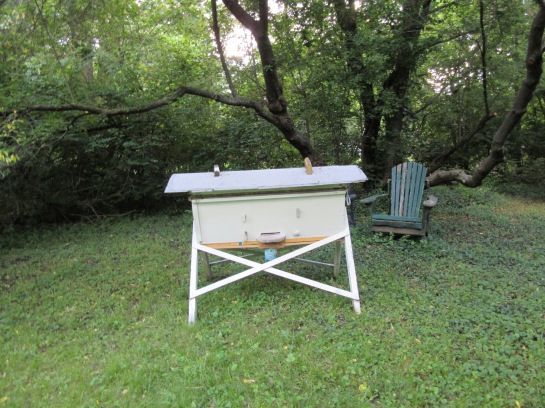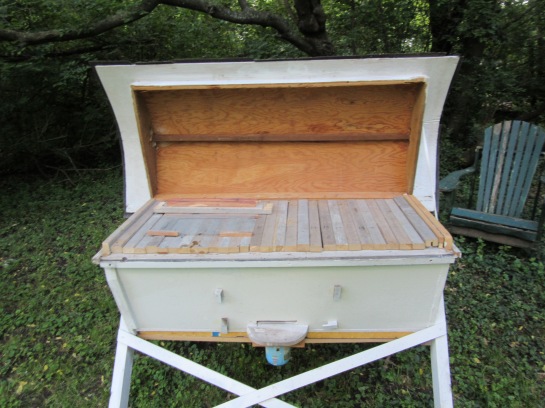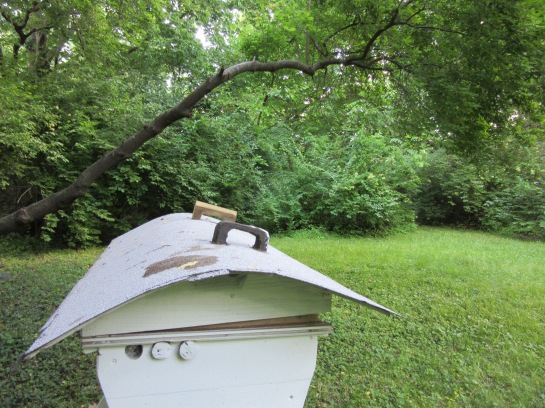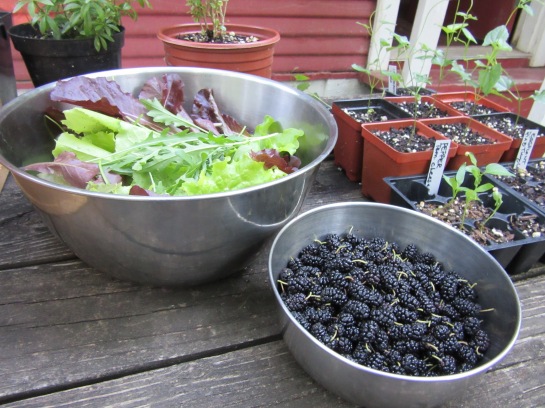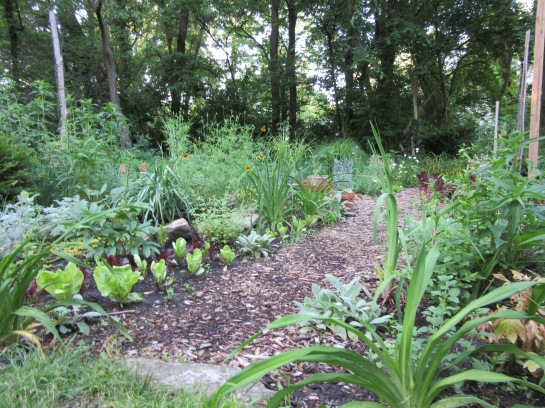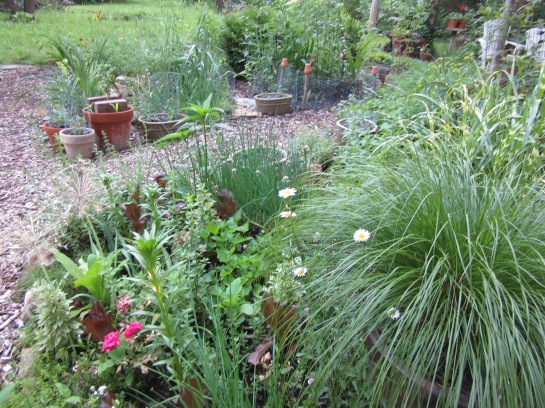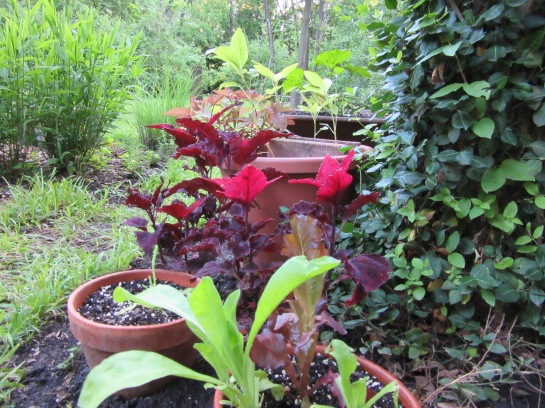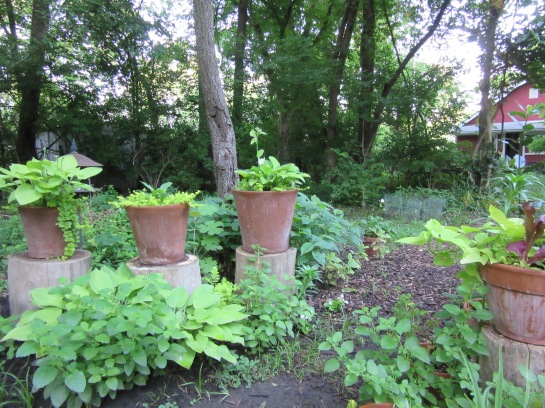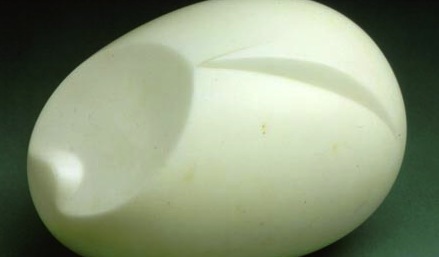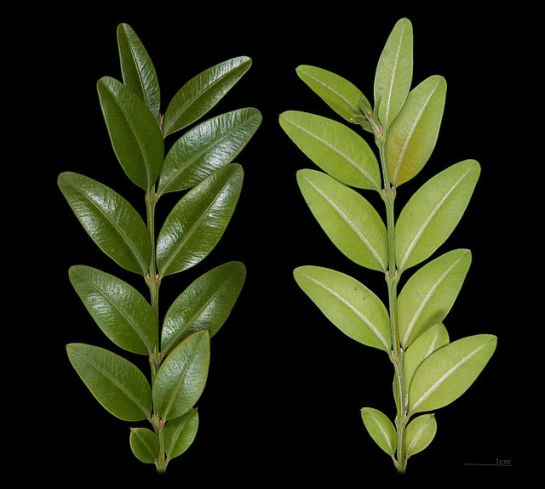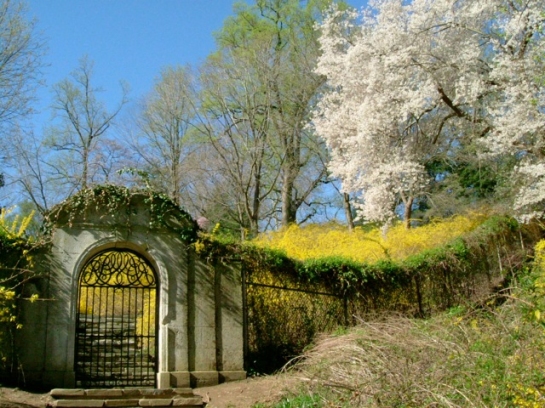
Red clover, Trifolium pratense.

Aji amarillo, Capsicum baccatum, a staple in Peruvian cooking. “In Spanish, “Aji” means chili pepper and “Amarillo” means yellow, translating the name to literally mean “yellow chili pepper.” Although this slightly fruity, medium to hot pepper begins with a yellow coloration, the tinge changes as it matures and it actually becomes a vibrant orange.” Photo and text via Yamashiro.
To see a world in a grain of sand and heaven in a wild flower. Hold infinity in the palms of your hand and eternity in an hour. – William Blake
– Permaculture Plants: Red Clover
Red Clover is one of the most popular green manure, fodder, and cover crops grown in the world. As a legume, it puts atmospheric nitrogen into the soil. …There are a number of varieties available, but they can be grouped into two divisions: early-flowering and late-flowering. Typically, late-flowering (also known as Mammoth) Red Clovers are used in more northern climates.
Temperate Climate Permaculture
– Fermented red clover extract stops menopausal hot flushes and symptoms
Fermented Red Clover extract is demonstrated to decrease significantly both the number and severity of daily hot flushes. The study also found that the extract prevents the normally accelerated menopausal bone loss affecting one in three women over the age of 50. These findings are very promising as the benefits take place without any of the side effects of traditionally proscribed hormone therapies that increase the risk of cancers and cardiovascular diseases.
Medical Xpress
– Blanket Flowers: Plant Care and Collection of Varieties
Produced above a clump of hairy, narrow, gray-green leaves, the blossoms of perennial blanket flower have petals that may be solid colored shades of yellow, wine red , orange or peach, or may be banded in combinations of red or orange with yellow. The petals of some are frilled, while others have a unique, tubular shape.
The National Gardening Association
– Why No Dig
Save time and effort by helping natural processes to work with you: undisturbed soil can develop its own aerated structure so vegetables/flowers grow more easily and weeds grow less.
Charles Dowding
– The Rambling Rose and the Climbing Rose. What’s the Difference?
Ramblers are distinctly different from the Climbing Roses in that they have blooms in clusters of seven (the climbers have clusters of five) and their leaves are in groups of seven (the climbers have groups of five). The other difference is that the Ramblers will only flower once eg. the Banksia Rose, whereas the Climbers will flower repeatedly eg. Madame Alfred Carriere. However, two ramblers do flower repeatedly – ‘Malvern Hills’ and ‘Snow Goose’. Ramblers also have very few thorns compared to the Climbers.
All My Favourite Flower Names
– Verily Robot Will Raise 20 Million Sterile Mosquitoes for Release in California
Alphabet’s life sciences arm, Verily, says it has built a robot that can raise a million mosquitoes a week and has used it to produce infertile male insects. The company has started releasing the first batches of what will total 20 million sterilized mosquitoes in Fresno County, California.
MIT Technology Review
– Passiflora incarnata; Purple passionflower, Purple passion vine, Maypop
Purple passion-flower is an herbaceous vine, up to 25 ft. long, that climbs with axillary tendrils or sprawls along the ground. Intricate, 3 in., lavender flower are short-stalked from leaf axils. …The name Maypop comes from the hollow, yellow fruits that pop loudly when crushed.
Lady Bird Johnson Wildflower Center
– Discovering Aji Amarillo Peppers
In 2012, we were asked to grow Aji Amarillo peppers for one of our customers. They are used extensively in Peruvian cuisine, but here in the U.S. they are often in short supply. It is now almost 3 years later and we still haven’t been able to deliver the Aji Amarillo for the customer who requested them. Paradoxically, Aji Amarillo has become one of our favorite peppers, although it feels like we are only scratching the surface of its potential.
Mother Earth News
– Fish Pepper: A Peculiar Pepper With Deep Roots in African-American History
Fish peppers are a mutation of serrano or cayenne peppers (history has never been certain), bearing the recessive gene that causes albinism. They start as pale cream-colored fruit, gradually maturing into light green with dark green striations, then orange with brown striations, and then finally red, at which point the peppers are at their hottest.
Garden Betty
– How the transgenic petunia carnage of 2017 began
Two years ago, plant biologist Teemu Teeri was walking by a train station in Helsinki when he noticed some vivid orange petunias in a planter. The flowers reminded Teeri, who has studied plant pigments at the University of Helsinki, of blooms created in a landmark gene-engineering experiment some 30 years earlier. As far as he knew, those flowers never made it to market. But he was curious, and he stuck a stem in his backpack.
Science
– Charles Jencks: The Garden of Cosmic Speculation
It all started with a swimming hole.
Symmetry
– Eight dreamlike abandoned settings being reclaimed by nature
Eventually, abandoned structures become completely swallowed up by vegetation and the earth itself, leaving few traces of our human footprint.
treehugger
Weeds are flowers too, once you get to know them. – A. A. Milne

“Passionvine blooms spring through fall, and the flowers are 6 to 7 centimeters across and extremely fragrant. The vine spreads by seed and root and can become hard to contain in one area. After planting Passionvine you may begin to find it jumping the borders of your flower beds and sometimes springing up many feet away from where it was originally planted. Individual vines can grow up to 36 feet in length.” Photo and text via the Museum of Science and Industry, Tampa, Florida.

Red valerian, Centranthus ruber, reclaiming the “Little Belt” railroad tracks (La Petite Ceinture) in Paris. The line was closed in 1934. Photo Messy Nessy.








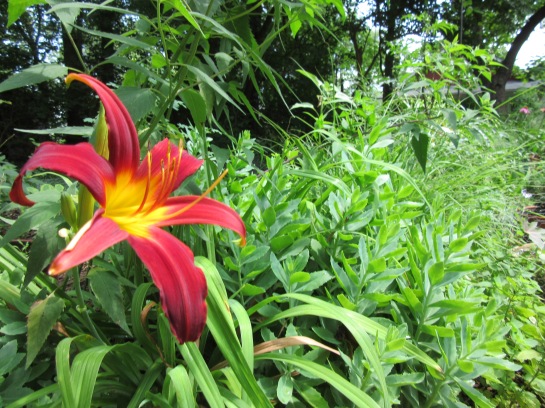











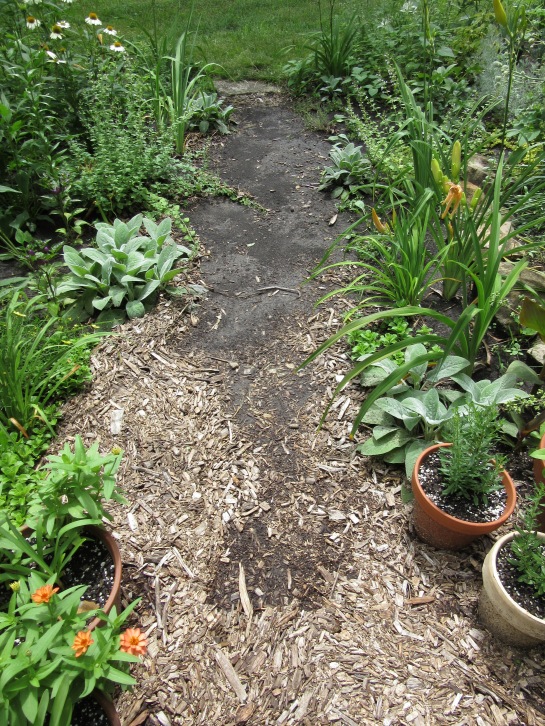


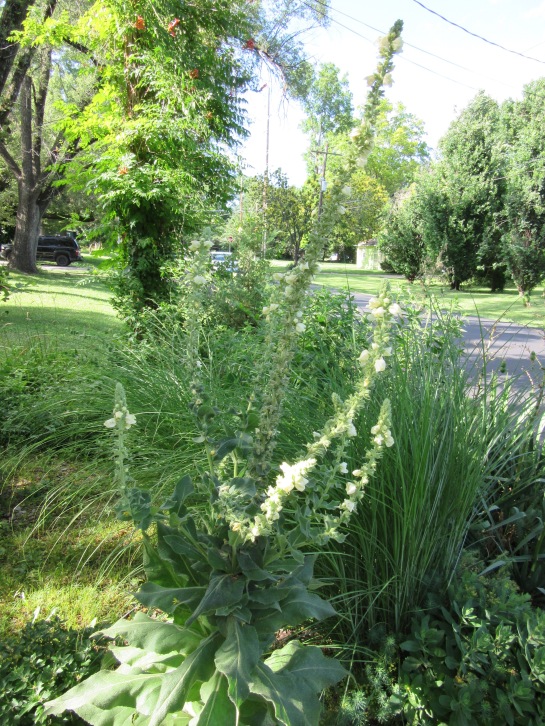







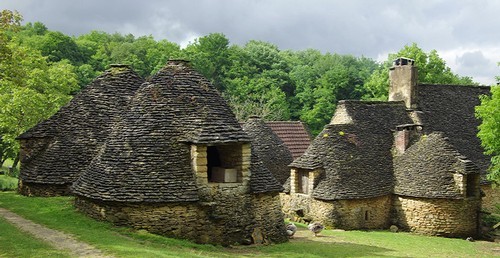

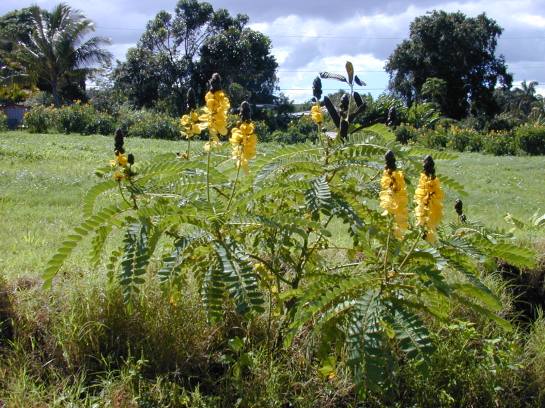
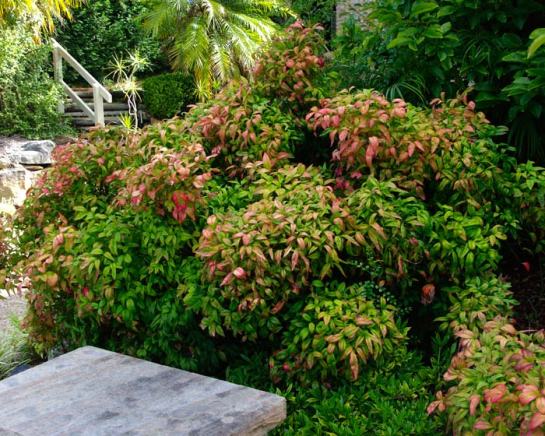
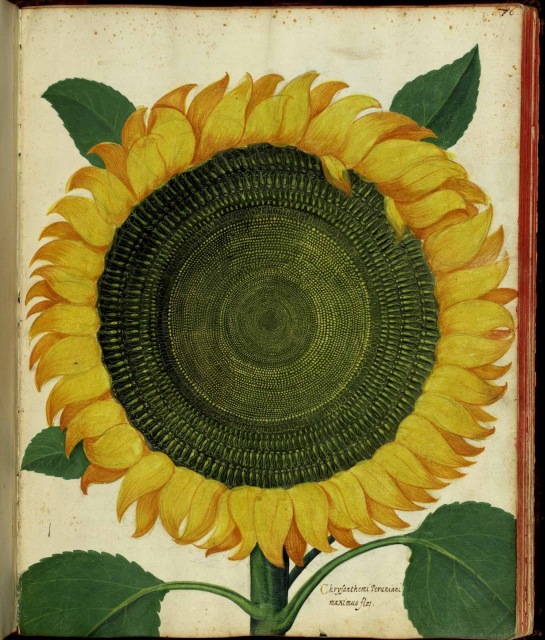








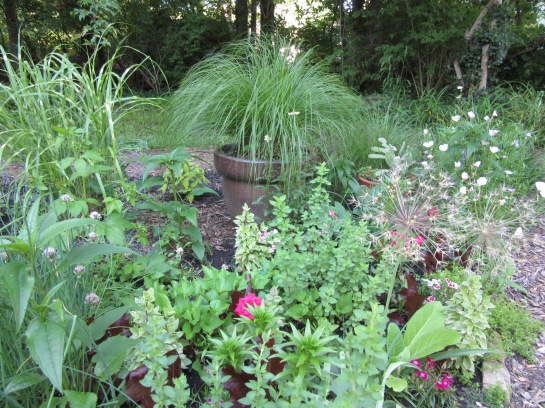
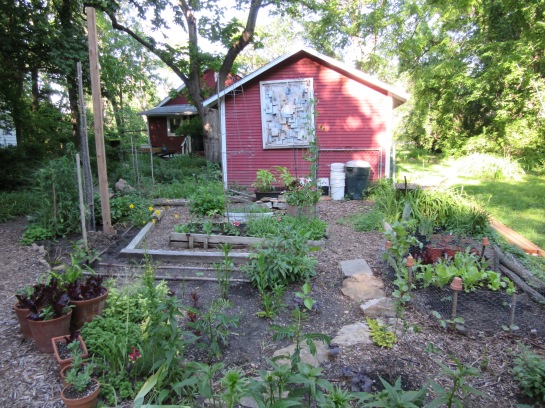
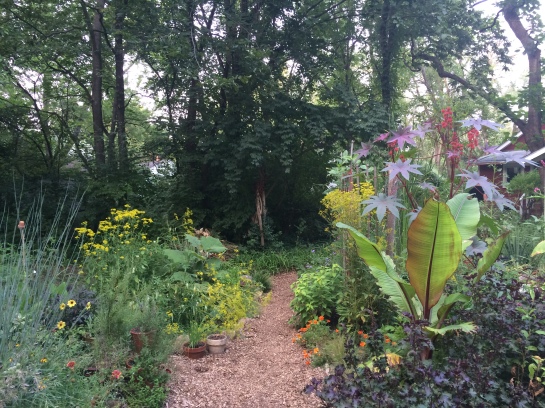 A photo of ‘Carmencita’ castor bean, Ricinus communis, behind the banana on the right, taken two years ago. That one was about nine feet, with a heavy crop of bright red seedpods. The Ricinus clan–generally tall, dramatic and toxic–are very useful as shade for other plants, the degree of shade adjustable by pruning. It ignores intense heat, humidity and drought, though it does love regular water. Of tropical origins, Ricinus have strongly reseeded in my Zone 6 garden for the past five years.
A photo of ‘Carmencita’ castor bean, Ricinus communis, behind the banana on the right, taken two years ago. That one was about nine feet, with a heavy crop of bright red seedpods. The Ricinus clan–generally tall, dramatic and toxic–are very useful as shade for other plants, the degree of shade adjustable by pruning. It ignores intense heat, humidity and drought, though it does love regular water. Of tropical origins, Ricinus have strongly reseeded in my Zone 6 garden for the past five years.